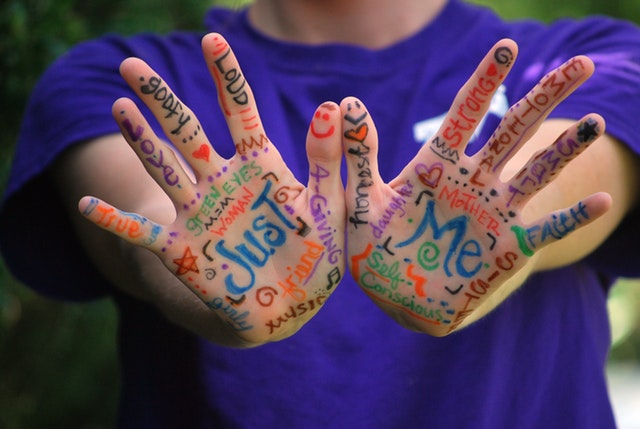Vocabulary in children begins at an early age. If vocabulary is not developed, students face a gap in their learning. With no or very little vocabulary, a learning gap begins. It is important for a child to build vocabulary at a young age. By the time a child is two, they should have about 70-225 words in their vocabulary. Yet, a child that speaks only around 50 words is able to make up for the lack of vocabulary. However, a study shows the lack of words has an effect on a student’s achievement in later years. Researchers find that children who hear more words by the time they are 18 months old know more words. In addition, they are faster in word recognition at the age of two than children who hear fewer words.
A child’s knowledge of words is more than knowing definitions. In addition, a child must understand more than knowing the color of an object. It involves the know-how to find the meaning of words. Children must also interpret literal from the nonliteral vocabulary. Through the learning of words and their meaning, reading comprehension develops along with the ability to communicate with others.
Teaching Vocabulary
Introduce vocabulary to children through various means. Reading to children every day is best. Also, fairy tales and rhymes introduce children to a variety of words. The use of graphic novels and classic literature are an excellent way to increase a child’s word list and understanding of different words.
- A visit to the library is helpful to enhance word lists and reading skills. Often, the libraries have activities that expose children to new words in addition to socialization with others.
- As children verbally express themselves, substitute synonyms for some of the words they use. Also, the use of descriptive words enhances their understanding.
- Teach young children the alphabet.
- Create labels for objects children use daily.
Children need enrichment in the words they use. It is up to parents and teachers to increase and vary a student’s vocabularies for success in academics.
![]()



